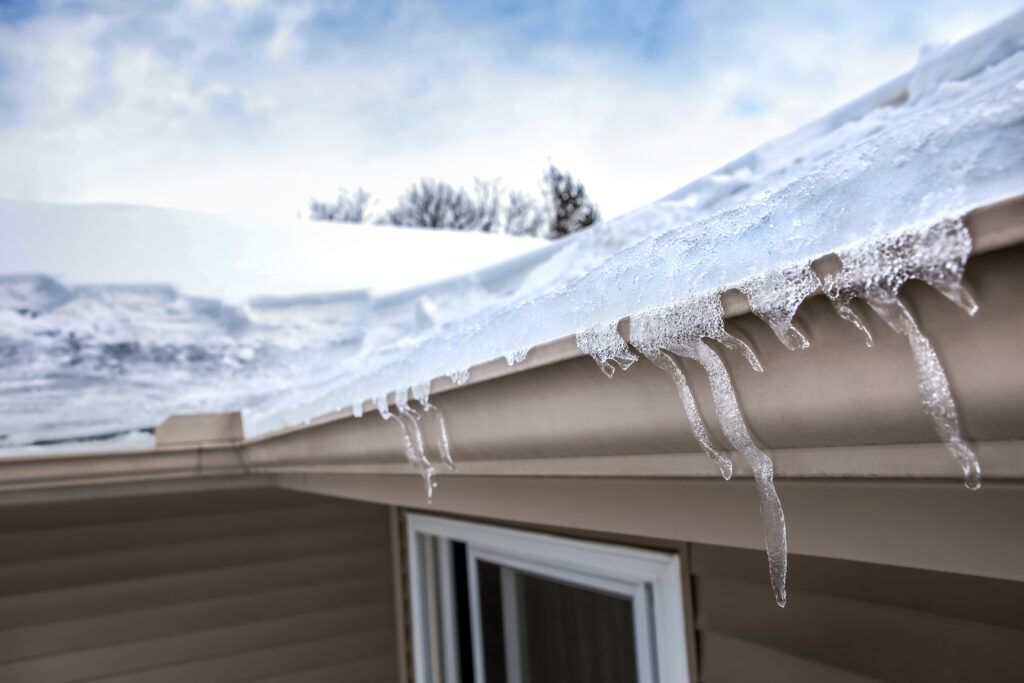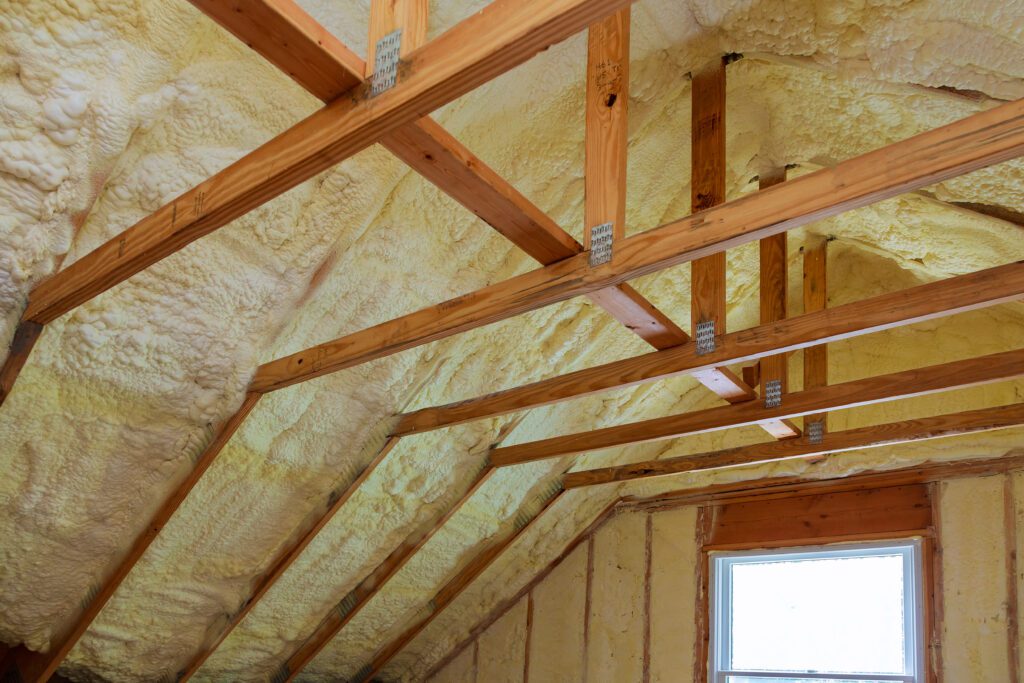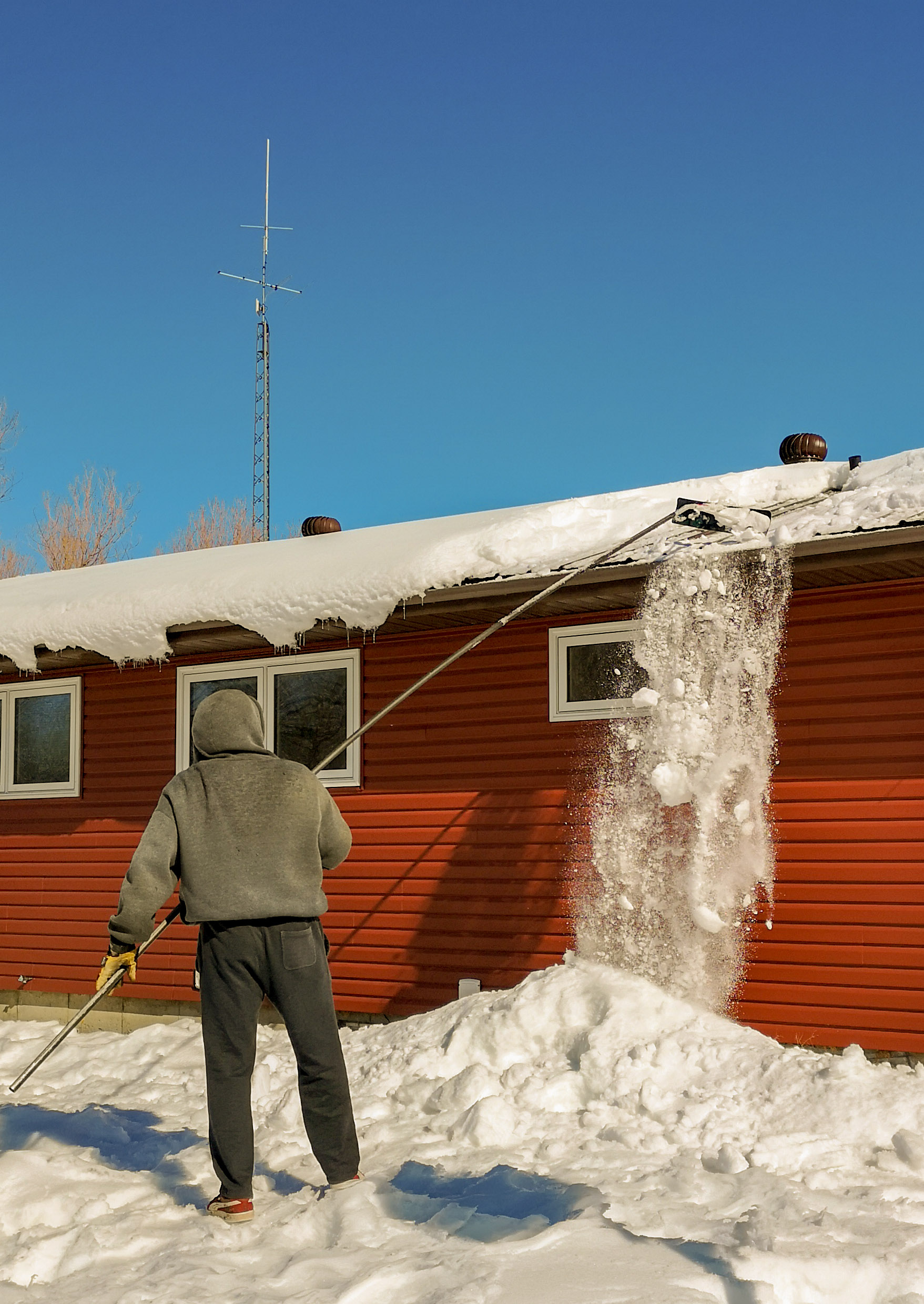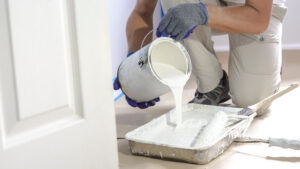Mastering Ice Dam Prevention: Essential Tips for Protecting Your Roof
As the winter season unfolds, homeowners often grapple with a common yet potentially damaging phenomenon: ice dams on roofs. These formations, while sometimes appearing innocuous, can lead to significant structural damage to your home. Understanding and preventing them is not just about immediate fixes; it’s about ensuring the long-term integrity of your residence.
What Are Ice Dams?
Ice dams are ridges of ice that form at the edge of a roof and prevent melting snow from draining off. The water that backs up behind the dam can leak into a home and cause damage to walls, ceilings, insulation, and other areas. But what causes them? Simply put, they occur after a snowfall when the upper areas of an insulated roof, warmed by the house’s heat, melt the snow. The water then flows down the roof surface until it reaches the lower edge, where it refreezes, given the lower temperatures.

Preventing Ice Dams: The First Line of Defense
Prevention of ice dams should be a priority for every homeowner in cold climates. The key lies in maintaining a uniformly cold roof surface. This can be achieved through proper attic insulation and ventilation, which prevents the thaw-freeze cycle that leads to the formation of ice dams. Tommy Silva gives a great explanation here:
Attic Insulation: Keeping the Heat In
Effective attic insulation is critical in preventing heat from escaping your living spaces and warming the underside of your roof. This insulation should be evenly distributed and any gaps or leaks should be sealed. Pay special attention to areas around light fixtures, vent pipes, and chimneys, as these are common places for heat to escape.

Roof and Attic Ventilation: Maintaining a Cold Roof
Proper ventilation is equally important. A well-ventilated attic allows cold air to enter through soffit vents, circulate under the roof deck, and exit through ridge or gable vents. This airflow helps to keep the roof temperature consistent and prevents the melting and refreezing of snow.
Active Ice Dam Management
Even with preventive measures, some homes may still experience ice dams. In these cases, active management is necessary. Regularly removing snow from your roof with a roof rake can prevent ice dam formation. For existing ice dams, applying calcium chloride ice melt can help. However, it’s important to avoid rock salt or sodium chloride, as these can damage your roof and gutters.
Long-Term Solutions and Professional Assistance
For homes that frequently experience ice dams, more permanent solutions may be necessary. These can include improving insulation and ventilation, as previously discussed, or installing heated cables along the roof’s edge. In some cases, it may be wise to consult with a professional who can assess your specific situation and recommend tailored solutions.
Conclusion
Understanding and preventing ice dams is crucial for maintaining the structural integrity of your home during the winter months. By focusing on proper insulation and ventilation, actively managing snow accumulation, and seeking professional advice when needed, you can protect your home from the damaging effects of ice dams. Remember, proactive measures are key to a safe and damage-free winter season.




